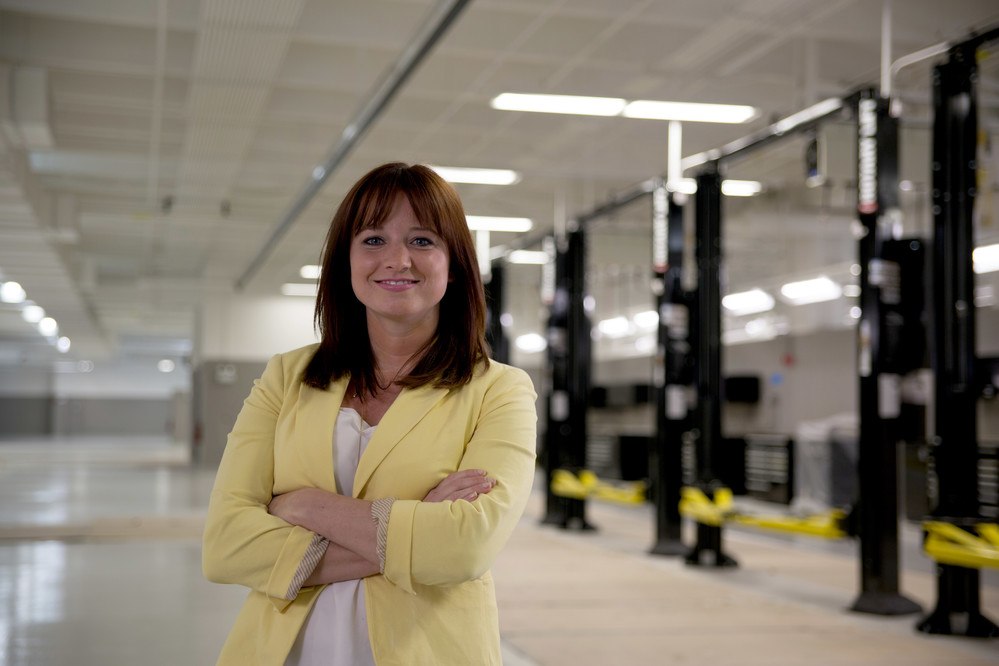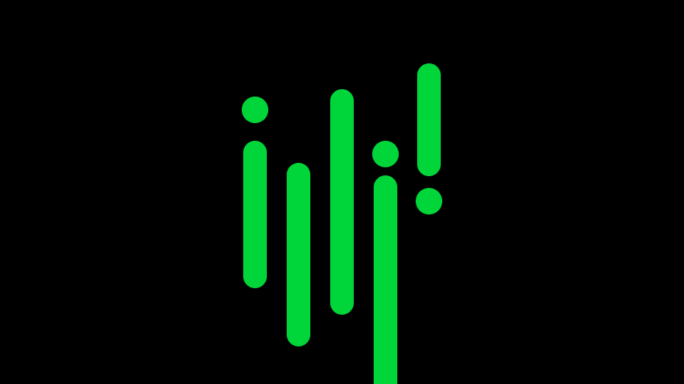Big data: What it is and how your business can use it

Every time you make a phone call, do an internet search, pay for your shopping or switch the kettle on, you’re adding to the vast amounts of data we all generate on a daily basis.
Time, date, location, cost, payment details, delivery preferences and social media interactions are just some of the elements that make up a mind-boggling collection of data so immense and complex, standard software programmes or servers cannot deal with it. That’s big data.
Manu Marchal, founder of the Big Data London meet up group, explains that big data is nothing more than a ‘marketing buzzword’, saying, “You don’t just have big data. Either you have a data problem, or you have an opportunity.”
More and more businesses are looking at how they can wrestle this big data into something more manageable; to provide information that profits their business.
How businesses are using big data
Rolls Royce collect data from thousands of jet engines in aeroplanes all over the world. Sensors automatically detect temperature, pressure and turbine speeds and send back readings up to 20 times a second. With Rolls Royce engines being used for take-off and landing every 2.5 seconds worldwide, that’s a lot of data.
Some very clever computer monitoring and analytics then scans this big data for small irregularities, which they use to alert airlines to the need for maintenance before it becomes a major problem.
By extracting this vital information from the noise of their big data, Rolls Royce have found a way to improve their business by maintaining safety and quality and prolonging the life of their engines.
How can my business use big data?
Can you predict what a customer will order before they’ve even clicked? Online retailer Amazon recently took out a patent for ‘anticipatory shipping’ which does just that. It may sound like science fiction, but using their immense customer data, it may just be possible.
But big data isn’t just a big business thing… smaller businesses can learn lessons from big data too.
Here are five top tips for using big data in your business.
 Know what you’re looking for
Know what you’re looking for
With so much data you could collect, it’s easy to get lost. So it’s important to know how you’re going to use it and what’s really useful to you. Stick to recording the metrics that matter and analyse those.
 Don’t be fooled by vanity metrics
Don’t be fooled by vanity metrics
Vanity metrics are nice to look at, but don’t help us make decisions. Say you’re looking at traffic to your homepage, and you’ve seen a traffic spike. That’s great, but it tells you nothing. It’s a vanity metric. You need to look at sources to understand what caused the spike, and you need to look at behaviour to understand the quality of the traffic.
 Balance qualitative and quantitative
Balance qualitative and quantitative
Statistics and metrics can help you understand trends and performance. But it’s also important to understand why things are happening, so think about using focus groups or customer surveys to gain deeper understanding.
 Use CRM
Use CRM
Customer relationship management software can help you get to grips with your day-to-day customer interactions. There’s a lot of data you can gather, but it’s no use to you if you don’t record it. Store it now and it can help you improve relationships in future. Don’t have any CRM software? Have a look at Sage CRM.
 Data doesn’t exist in a vacuum
Data doesn’t exist in a vacuum
Sometimes data anomalies are out of your control. Keep your eye on global events, take note of the weather, holidays, sporting events or other external influences which can skew your results.
Too much data, not enough time?
While software can help you identify patterns in big data, it usually needs a human being to work out what’s happening and why. Big data also breeds big data experts: people who specialise in finding the signal among the noise of statistics or programming the software to sift through the huge volume of data.






Ask the author a question or share your advice